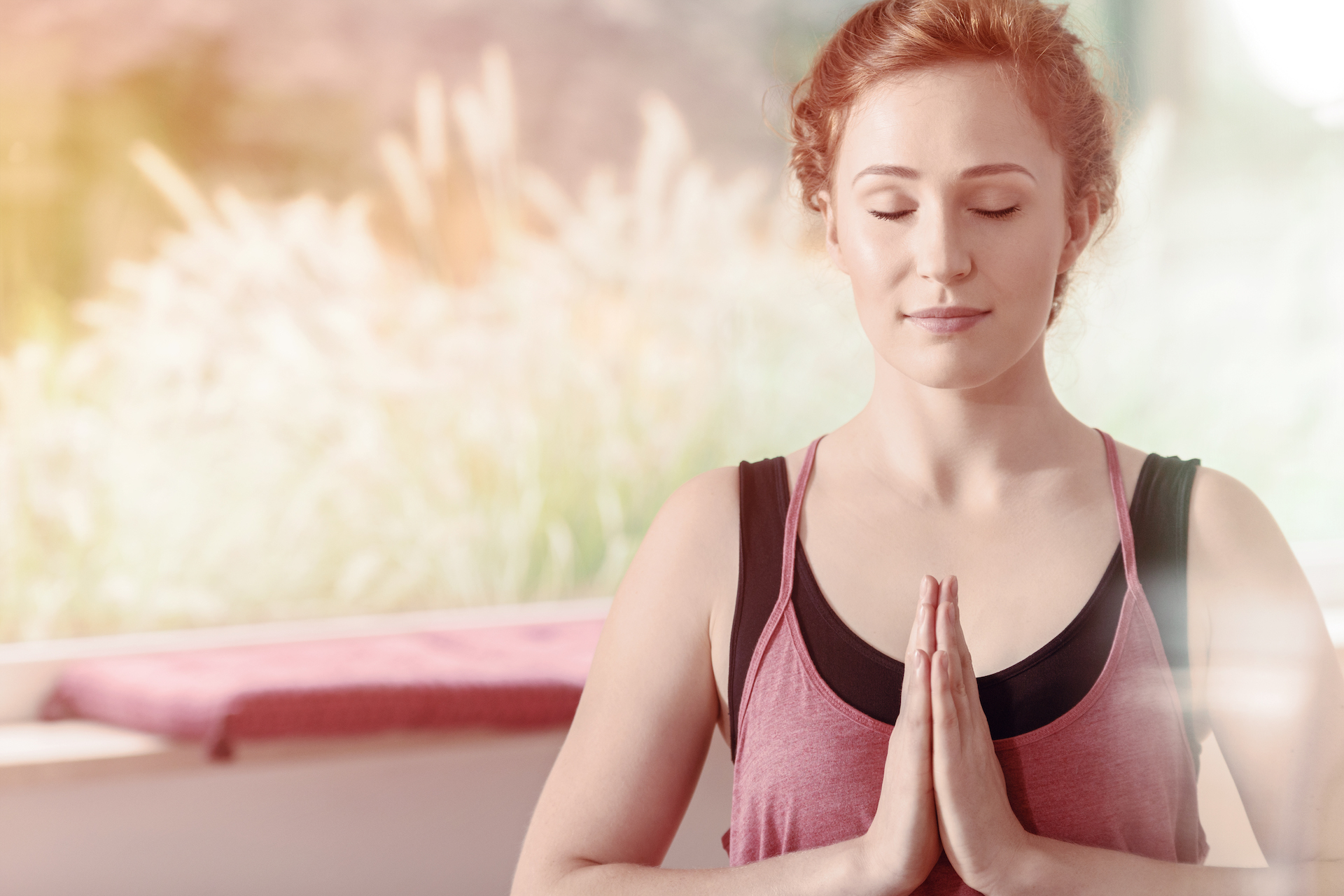
Meditation and Pilates
Meditation is good medicine, as the saying goes. Medical science will attest to this. A regular meditation practice can help lower blood pressure, improve mood, and relieve stress.
Taking time to meditate also offers us a chase to look inward and reflect. As one pilates practitioner notes, “In a busy world, cultivating the ability to collect ourselves and be present is an amazing tool… When we’re grounded and present, we have the ability to be our best selves.”
We can always make more time for self-care. Even if you meditate for just five minutes a day, you will begin to feel its benefits.
How can meditation benefit my Pilates practice?
Both Pilates and meditation are practices that emphasize the mind-body connection, as they require control, focus, and attention to breath.
In Pilates, your breath coincides with movement. Similarly with meditation, you learn how to be still and in control your breath. Meditation also improves body awareness, which can influence how you move in your Pilates practice. The discipline required in meditation can be applied when pushing through a tough Pilates class.
Furthermore, you will feel inspired to set goals for yourself in these mind-body practices. At the start of a meditation session, we often reflect on our intentions for sitting down and taking this moment for ourselves. Ask yourself at the beginning of a Pilates class, what are my movement goals? In her Reflective, Alert Mind class, Regina Santos begins an active, Intermediate Mat class with a grounding practice to get you in-tune with your body.
Your body is always trying to follow what your mind is thinking. By redirecting your attention to your goals and the present moment, you will get the most out of Pilates and meditation.
How can I begin my meditation practice?
If you are new to meditation, following the below steps will guide you toward a successful practice:
-
Begin by sitting in a comfortable position, either in a chair or on the floor. For more support, try sitting on a Mat, cushion, or blanket. Make sure that your spine is upright and relatively straight.
-
Close your eyes and begin to bring your attention to your breath. Deepening your inhale and exhale, allow your muscles to soften and mind to relax.
-
Easing into a calm state, reflect upon your intention for meditating. Common goals of meditation are to relieve stress, take time for self-care, and find mental clarity. Since meditation grants an opportunity to check in, your intention can be as personal as you see fit.
-
A great way to notice how your body is feeling is to conduct a body scan. Beginning from the top of your head and ending at your toes, assess each part of your body to reveal where you are holding tension. Still in control of your breath, you will begin to feel settled and relaxed.
-
If your mind is racing or you find yourself distracted, gently guide yourself back to your breath and remember your intention. Count your breath and notice the rise and fall of your belly with each inhale and exhale. Meditation isn’t about trying to control your mind or stop it from thinking. That’s actually not possible. Your goal is just to bring your attention repeatedly back to the present moment by focusing on your breath.”
Your first meditation session does not need to be long. We suggest beginning with five minutes of meditation a day and then building up to longer sessions. With gentle practice, you can easily integrate meditation into your daily routine to supplement your Pilates goals.
Check Out Pilates at NBD Fitness
At NBD, we believe that anyone can be fit—no matter what skill level or body type, whether the athlete, the dancer, the beginner, the advanced, the rebuilder. We blend Pilates, ballet, and strength training and equip you with a chair and overhead bungees so that you work out all your muscles every time. We are located in two convenient locations of NJ. For more information, you can contact us or visit our website.

Leave a Comment
(0 Comments)